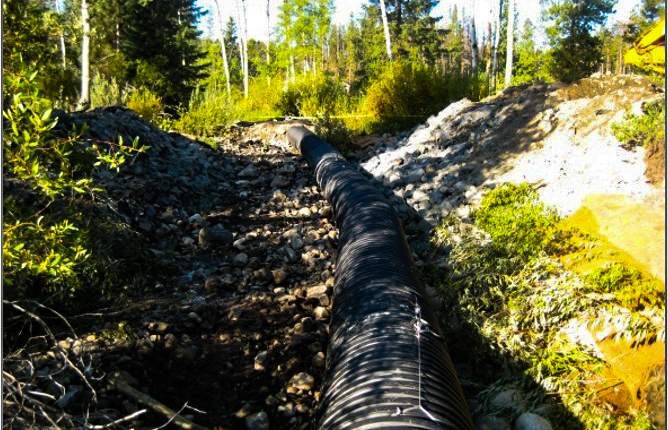HARRIS ROAD BRIDGE AQUATIC MONITORING & BIOLOGICAL ASSESSMENT
Twin Lakes Creek, Montana
WET conducted a biological assessment to stratify Section 7 consultation with the USFWS to determine the effects of the Harris Road Bridge project on bull trout and their habitat within Twin Lakes Creek, Montana. Several habitat indicators were analyzed to determine the impacts on bull trout, including water quality, temperature, sediment, chemical contamination/nutrients, substrate embeddedness, streambank condition, floodplain connectivity, change in peak/base flows, and fish passage potential.
The process involved the acquisition of numerous permits including a Montana Pollution Discharge Elimination System (MPDES) Permit, Section 404 Permit, 310 Permit, 318 Authorization. To mitigate the project’s effects, a minimization plan was developed that included diverting the stream, designing soft bank armoring, ensuring riparian preservation, and incorporating Best Management Practices (BMP) strategies to limit impacts. Hedge brush layering was incorporated into the minimization plan to stabilize impacted banks, increase the roughness coefficient along the stream edge, and decrease near bank stress. The project also included many Montana Department of Environmental Quality (MTDEQ) approved erosion and sediment control measures along with a final stabilization strategy.



